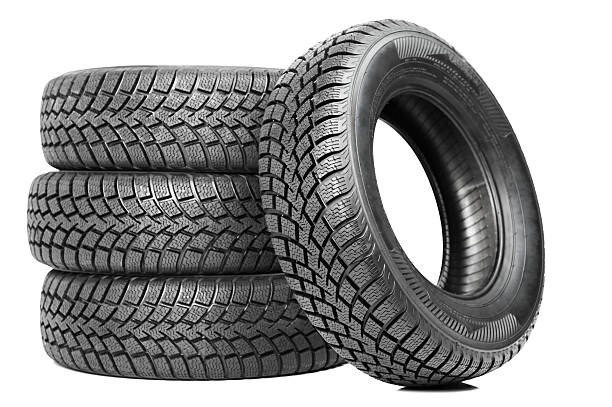Automotive Car Part
CAR TIRES
A vehicle's tires are an essential part that give it traction, stability, steering control, and comfort. The vehicle's tires serves as the point of contact with the road, absorbing shocks and guaranteeing safe handling in a variety of driving scenarios.
How Car Tires Work
The traction, stability, steering control, and shock absorption that car tires offer are essential to a vehicle's performance. Tires serve as the main point of contact with the road, providing grip when braking, cornering, and accelerating. For a smoother ride, their elasticity allows them to absorb impacts from uneven terrain. Drivers can retain control and stability in a variety of road and weather situations because to their capacity to sustain the weight of the vehicle, distribute loads evenly, and react precisely to steering inputs. Safety, fuel economy, and general driving comfort all depend on properly working tires.
Types of Tires
1. Summer Tires: Designed for warm weather, providing excellent grip and handling.
2. Winter Tires: Equipped with deeper treads and softer rubber for snow and icy conditions.
3. All-Season Tires: Versatile tires suitable for moderate climates year-round.
4. Performance Tires: Optimized for high-speed handling and cornering.
5. Off-Road Tires: Built for rough terrains with aggressive tread patterns.
6. Run-Flat Tires: Allow limited driving even after a puncture.
Tips for Tire Maintenance
- Check Tire Pressure Regularly. Use a tire pressure gauge to check the pressure at least once a month and before long trips. Always follow the manufacturer’s recommended PSI (Pounds per Square Inch) for optimal performance.
- Inspect Tread Depth with a Gauge or Coin Test. Proper grip on the road is ensured by the tread depth, particularly in rainy circumstances. Reduced traction from worn-out treads raises the possibility of hydroplaning or skidding. To make sure the tread is within the legal safety limit, which is often 1.6mm or 2/32 inch, use a tread depth gauge or the coin test, which involves putting a coin into the tread grooves.
- Rotate Tires Every 8,000–10,000 km. Tires wear unevenly depending on their position on the vehicle. Regular tire rotation (swapping front and rear tires or changing their sides) every 8,000–10,000 kilometers ensures even wear, prolonging their lifespan and maintaining consistent performance.
- Align and Balance Tires Periodically. Tire balancing ensures even weight distribution across all four tires, reducing vibrations and preventing premature tire damage. Both alignment and balancing should be checked during every routine service or when you notice uneven wear or steering issues.
- Avoid Overloading Your Vehicle. Every tire has a maximum load capacity marked on its sidewall. Exceeding this limit puts excessive stress on the tires, leading to overheating, increased wear, and even potential tire blowouts. Always refer to your vehicle’s manual to understand the maximum safe load capacity.
Watch The Video Below


Nice content
ReplyDeleteWow i like to used Toyo CR1 for grip in wet road
ReplyDeleteTorbaekk!
ReplyDeleteMantap beja
ReplyDeletegood job
ReplyDeleteWhat will going if we use it more then 5years?
ReplyDeletenice info
ReplyDeleteNice work
ReplyDelete